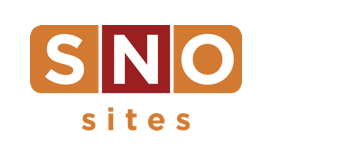The SNO Report: Getting to Know Your SNO Analytics
When you put a story up online, it can be difficult to pinpoint exactly who’s reading it. But there are clues. You just have to take the time to look.
SNO Analytics
In this corner of your website’s dashboard, you can learn some of the most straightforward information about your readership.
-
Number of Page Views. How many times (“sessions”) was your website (stories, the homepage, category pages, etc.) looked at today (or this week, month, all-time, etc.)
-
Time Spent. How long, on average, are people spending on a page or staying on your website during a complete session, meaning the time between when they go to the site or a story and when they exit.
-
Most Viewed Stories. What content is making the biggest impression? Which story was the most read today (or yesterday, in the past week, month, year, etc.)
Toggle to “Google Analytics Access” and get setup for your link to more detailed information.
Google Analytics
Over on the mothership, there’s an unbelievable amount of information being tracked, including some of the same information that we’ve condensed into your SNO Analytics profile for you. But more on that other stuff …
-
Audience. This is the first of three main data points that Google sorts by, and it’s also where you’ll find confirmation of a lot of the same information in SNO Analytics; after all, SNO Analytics is simply pulling information from Google. The one big difference is that here you’ll find information about the Location of your readers. Is your work reaching locally? Does it even have a more global audience?
-
Acquisition. Here’s where you’ll be able to piece together how your readers got to you by one of four ways. “Direct Traffic” means they came straight to your web address. “Organic Search” suggests they searched for something and found your website or an article about something that’s on your website. “Referral” means your reader clicked on a link to your website from another website — perhaps your school’s site or a different publication in which a story you wrote is referenced. And “Social Media” is exactly what it sounds like, tracking which social media platform readers are getting to you from.
-
Behavior. What is your audience reading while they’re on your website and how long are they spending on it — these are tidbits you may already know via SNO Analytics. One big addition: What date and time are readers coming to your site? Knowing this may help you plot out dates and times to schedule posts to publish, thus rewarding your readers at this times with brand new content.
There’s a lot to explore with your site’s analytics and those are the two places to do it. Now get to looking.

